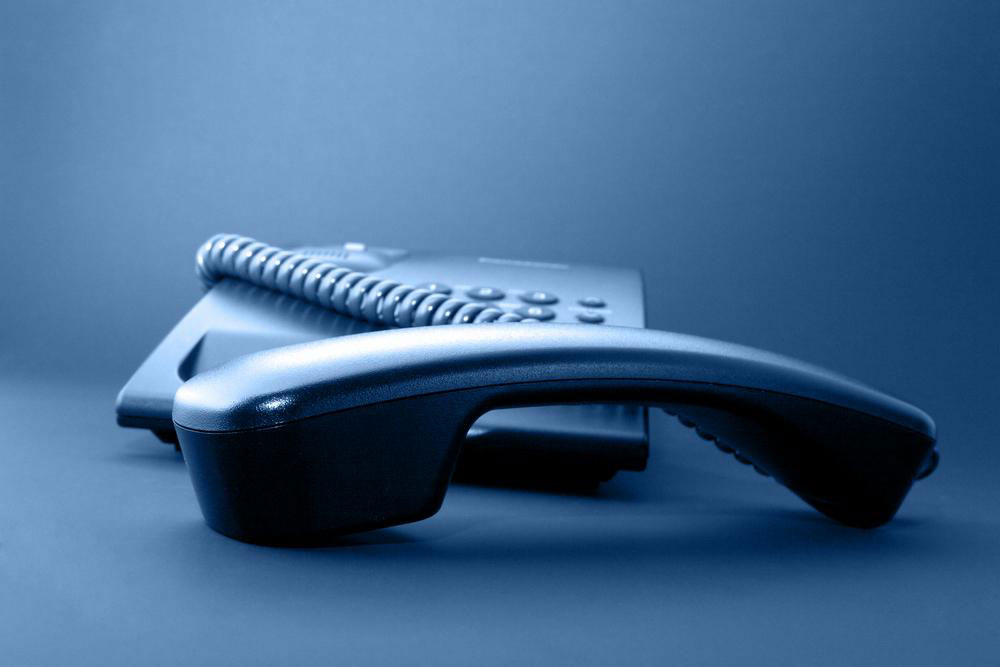Enhance Your Business Communication with Wireless Phone Solutions
Discover how wireless multi-line phone systems can enhance your business communication. From cost-effective setups for small companies to scalable options for large enterprises, explore features, costs, and system types to select the best communication solution for your needs.

Wireless Phone Solutions for Business Growth
Wireless Communication Systems for Enterprises
Wireless business phone systems consist of multiple interconnected lines that enable advanced features such as call management, transfer, conference calling, call accounting, voicemail, and more.
Why Opt for Multi-Line Phone Systems?
Single lines restrict your communication channels, causing delays and customer dissatisfaction.
Handling multiple calls simultaneously without a multi-line system can frustrate callers and impact customer experience.
Upgrading to multi-line phone systems allows your business to expand communication capabilities efficiently.
Benefits of Multi-Line Wireless Business Phones
Cost-effective for small enterprises.
Lower maintenance expenses.
Expandable to accommodate future growth with additional lines.
Limitations of Multi-Line Wireless Business Systems
Less portable compared to VoIP solutions.
Service costs can be higher.
Upgrading to cloud-based systems may be complex.
Key Features of Multi-Line Wireless Phone Systems
Call waiting, hold, and transfer functions
Conference calls and call merging
Directory lookups and speed dialing
Wired or cordless handsets
Connections for headsets, computers, and fax devices
Caller ID displays and screen functions
Speakerphone capability
Voicemail services
Advanced features like auto-answer and call forwarding
How to Determine the Number of Lines Needed?
For small setups, a 2-line system is economical and sufficient for basic communication needs.
Moderate-sized companies may require 4 lines to support multiple employees and outside calls.
Large organizations with high call volumes often opt for 6-8 lines to ensure seamless communication.
Average Cost of Multi-Line Wireless Phone Systems
Setup costs vary based on the number of lines, hardware choices, and service plans.
2-line systems typically range from $40 to $175 per handset.
4-line options cost approximately $80 to $350 per device.
Large systems with 6-8 lines may include multiple handsets and exceed $1,000.
Monthly service charges generally range from $20 to $75 per line, depending on providers.
Types of Business Phone Systems
KSU-Less Systems: Ideal for small firms with up to 10 lines, these are easy to set up and maintained by users.
KSU (Key System Unit): Designed for small to medium businesses (up to 75 employees), installed and managed by telecom specialists.
PBX (Private Branch Exchange): Suitable for large corporations, requiring professional installation and maintenance.
VoIP (Voice over Internet Protocol): Uses internet connections to facilitate voice calls, eliminating traditional phone lines.
Details on KSU-Less Systems
Best for small enterprises with fewer than 10 lines.
Provide essential features without the need for central control devices.
Typically installed and configured by the users themselves, with limited vendor support.
Features of KSU Phone Systems
Offer many functions similar to PBX systems.
Referred to as hybrid systems combining features of both KSU and PBX.
Supported by a central control device for connectivity.
Require professional installation and ongoing support from telecom providers.
Upgradeable to add lines as your business expands.










